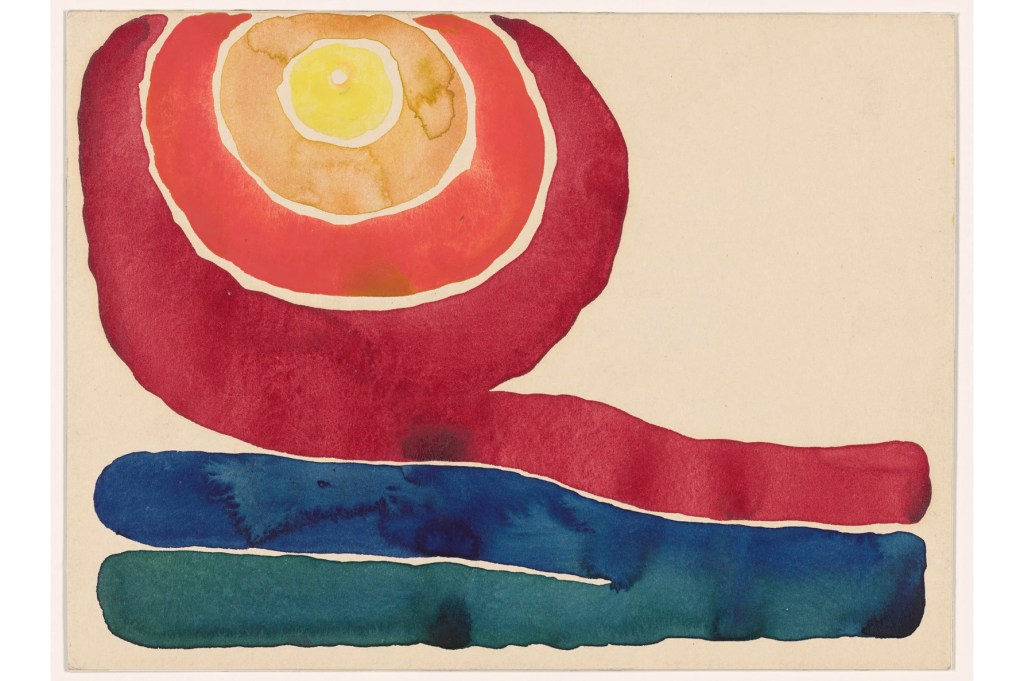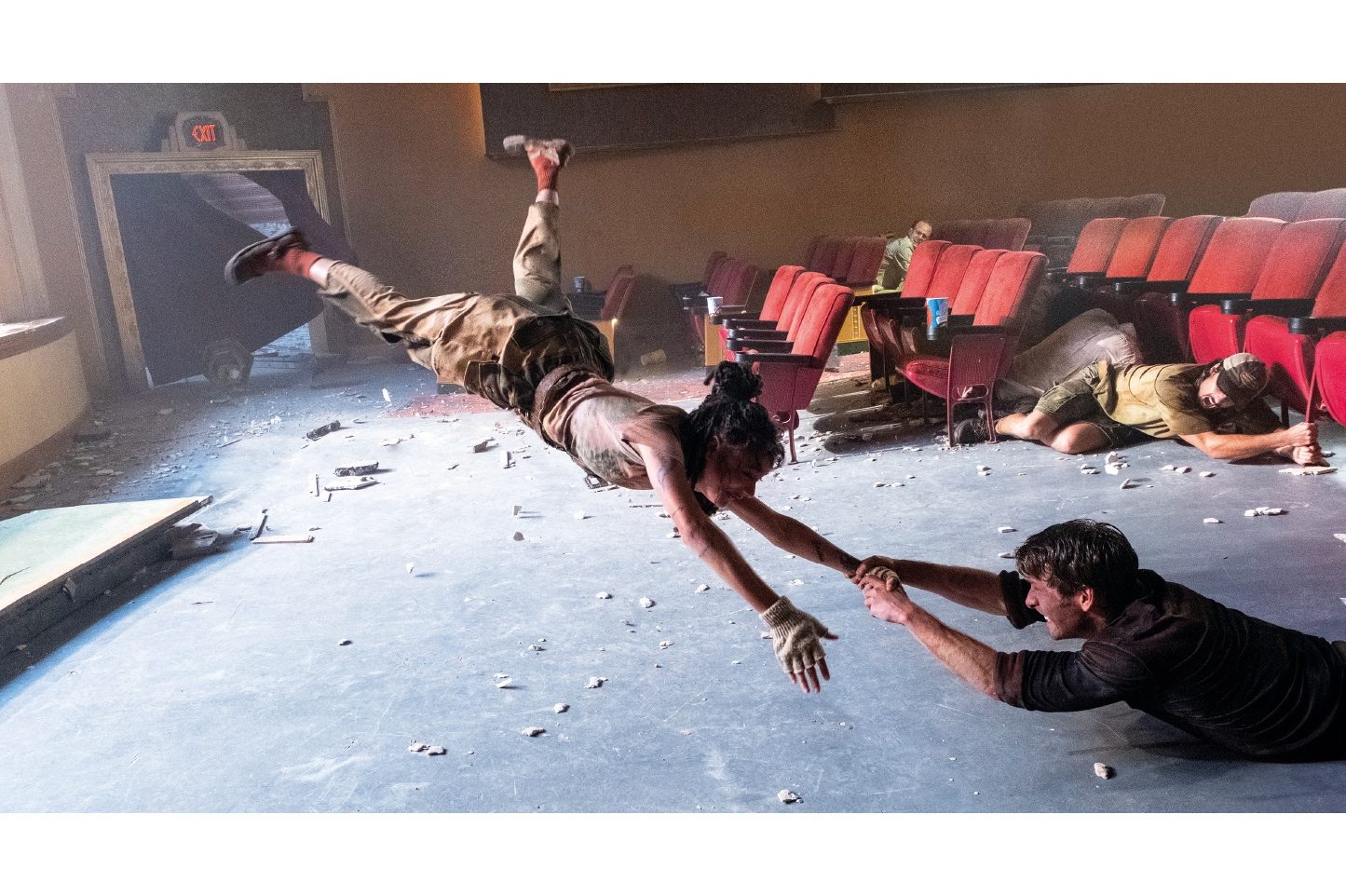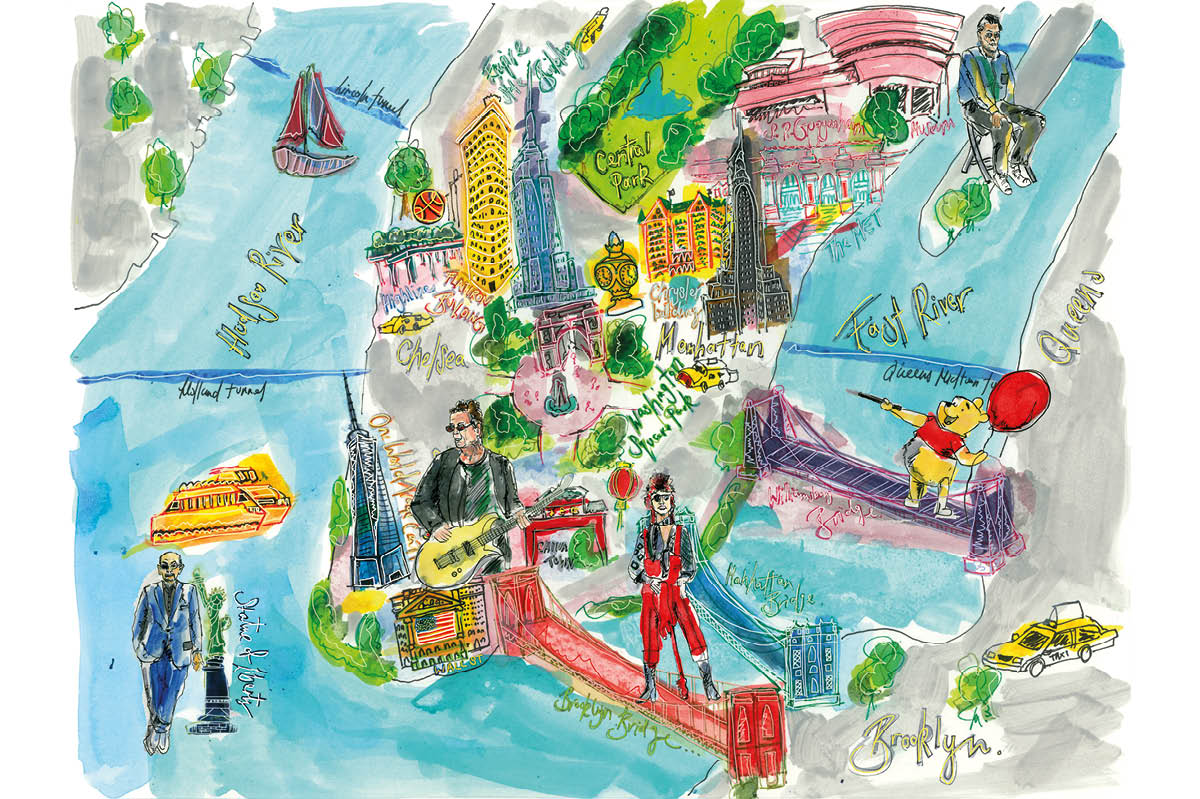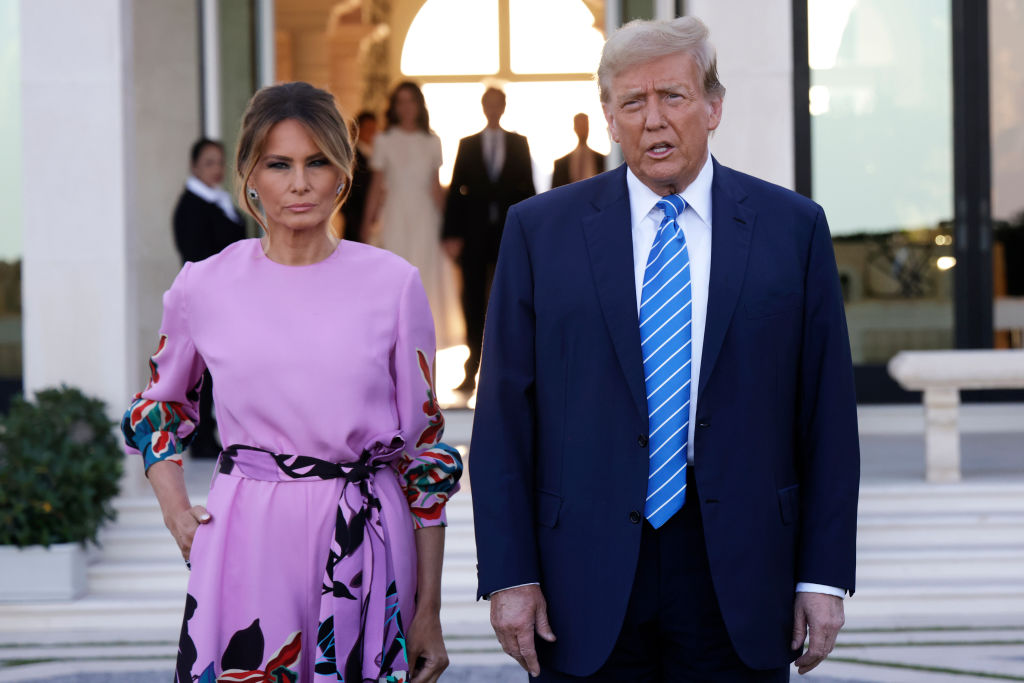Georgia O’Keeffe is beloved for her oil paintings on canvas showing flowers and animal skulls: the first all soft, sensual openings; the second, spiky points and hardness.
Her works on paper are less well known. Yet, as MoMA’s exhibition, Georgia O’Keeffe: To See Takes Time, argues, paper played a key role in her early experimentation and art. As she told Alfred Stieglitz, the influential art gallerist and photographer who became her husband, “Why — it’s just like scrap paper. I throw it in the scrap heap and go on to something else.”
Paper is the beating heart of this retrospective, which shows 120 of O’Keeffe’s works from fifty-eight separate lenders, and which range from charcoal sketches to candy-colored pastels, rich watercolors to grainy graphite. It is, astonishingly, the first retrospective MoMA has done on O’Keefe since 1946. As such it is long overdue.
Many of the pieces on display here are quieter than her later, more famous, works. The exhibition is divided into two halves: works that fall into her breakthrough period from 1915 to 1918 and those that range from 1922 to 1964. By placing pieces in chronological sequence, the curators are eager to show her process: one that often involved making a series of rapid studies in paper of the same subject, whether that be a sunrise, an evening star, or a train hurtling through the Texan landscape in the early hours of the morning.
The loveliest pieces are deceptively simple. In “Early No.2” (1915), a coil rendered in charcoal unfolds downwards, the spirals reminiscent of a wisp of smoke or the curves of an elongated seashell. Equally evocative are three pieces that sit together: “First Drawing of the Blue Lines,” “Black Lines” and “Blue Lines X,” all completed in 1916. The stark jutting lines that reach up the page could be water reeds or a heron or a simply a surge of energy erupting from the ground. In their abstraction, they’re startlingly beautiful.
While O’Keeffe’s works look effortless, her physical labor is noted. To create her pastels, she rubbed the page so hard with her bare fingers — creating a gorgeous smooth creaminess — that her skin began to wear off. Equally, the artist’s intellectual yearnings form a key sense of narrative, with quotes interspersed throughout. “Did you ever have something to say and feel as if the whole side of the wall wouldn’t be big enough to say it on,” she writes to a friend in 1915, “and then sit down on the floor and try to get it on to a sheet of charcoal paper?”
That said, at times this can feel like a slight exhibition, one that relies on the surprise of pieces newly brought together. It lacks the heft and meat of her later desert-infused, sun-drenched paintings of bone and horn (just one, a 1945 pastel on paper titled “Goat’s Horns with Blue,” is displayed towards the end). And it relies on viewers being willing to hone in on detail. “In a way — nobody sees a flower,” said O’Keefe. “Really — it is so small — we haven’t time.” She saw it as her job, then, to “make even busy New Yorkers take time to see what I see of flowers.” On that level, Georgia O’Keeffe: To See Takes Time succeeds, if modestly.
Georgia O’Keeffe: To See Takes Time is showing at MoMA until August 12.

























